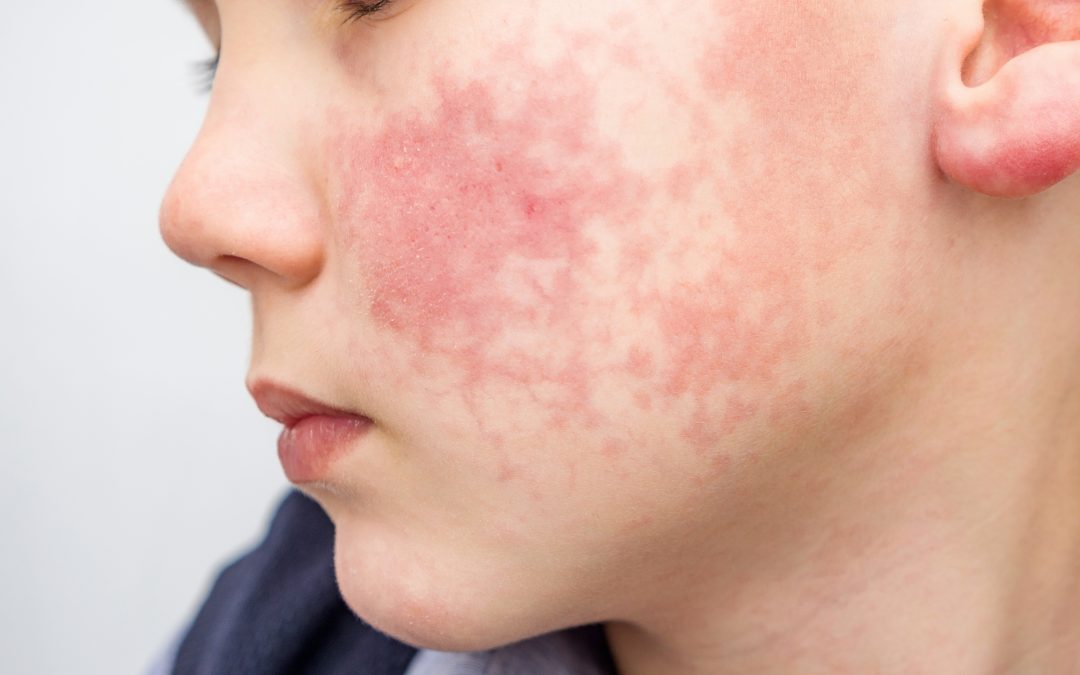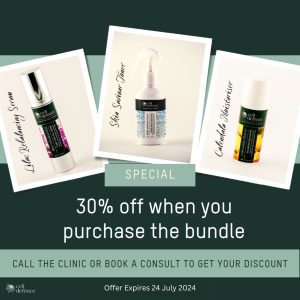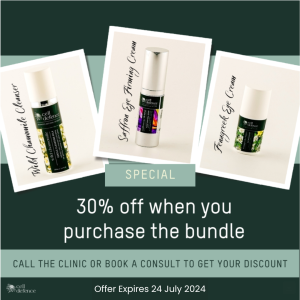TEWL (Transepidermal Water Loss) refers to the process of water evaporation from the skin surface, and mast cells, as part of the immune system, can influence TEWL through their involvement in skin inflammation and the release of inflammatory mediators. Here’s an expansion on the relationship between mast cells and TEWL in the skin:
- Mast Cell Activation and TEWL: Mast cells can become activated in response to various stimuli, including allergens, pathogens, or tissue injury. Activation triggers the release of inflammatory mediators stored in their granules, including histamine, cytokines, and proteases. These mediators can influence TEWL by affecting the skin barrier integrity and water regulation.
- Disruption of Skin Barrier: Mast cell-derived mediators can disrupt the structure and function of the skin barrier, leading to increased TEWL. For example, histamine can induce changes in the tight junctions between skin cells, compromising the barrier’s ability to retain moisture. This disruption allows water to escape more easily, resulting in higher TEWL.
- Altered Skin Permeability: Mast cells are strategically located near blood vessels in the skin. During an inflammatory response, mast cell activation leads to the release of substances that can dilate blood vessels and increase their permeability. This increased permeability allows immune cells and fluid to enter the affected tissue, contributing to local inflammation. The changes in vascular permeability can also affect TEWL by altering the movement of water across the skin.
- Inflammatory Skin Conditions and TEWL: Inflammatory skin conditions, such as atopic dermatitis (eczema) or psoriasis, are associated with increased TEWL. Mast cells are often found in higher numbers or are hyperactive in these conditions. Mast cell activation contributes to the inflammatory response, leading to compromised skin barrier function and increased TEWL. The disrupted barrier in turn exacerbates inflammation, creating a vicious cycle.
- Pharmacological Interventions: Understanding the role of mast cells in TEWL regulation has implications for therapeutic interventions. Supplements like quercitin (prescribed supplements by a naturopath) that target mast cell activity, such as antihistamines herbal remedies or mast cell stabilizers, can be used to manage inflammatory skin conditions and reduce TEWL. By inhibiting mast cell activation or the release of inflammatory mediators, these interventions help restore the skin barrier and improve skin hydration.
In summary, mast cells influence TEWL in the skin through their activation and the release of inflammatory mediators that can disrupt the skin barrier and alter vascular permeability. Their involvement in inflammatory skin conditions highlights their impact on TEWL and the importance of targeting mast cell activity in managing these conditions. Understanding the interplay between mast cells and TEWL contributes to our knowledge of skin barrier function, inflammation, and the development of therapeutic approaches to maintain skin health.
Charmaine D, our naturopath, is here for you and is committed to helping you move through your ailments and forward into the rest of your life.
Book in for a free 30 minute skincare consult and keep your skin healthy!
Cell Defence by CD
Cell Defence is a revolutionary natural skincare system formulated by Naturopath Charmaine D. Discover our range of pure, potent plant stem cell serums, moisturisers & cleansers. Proudly made in Australia.
Follow us on Social
Quick Links
Customer Care
Contact Us
VISIT:
60A Broadway, Glenelg South SA 5045
PHONE:
0407 077 134
EMAIL:
info@celldefence.com.au
Copyright © 2022 Cell Defence by CD | Site by AVIDA Creative




